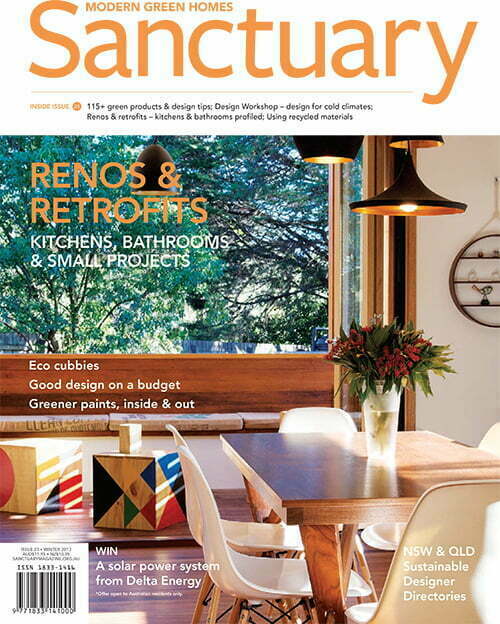Sustainable kitchens & bathrooms on a budget
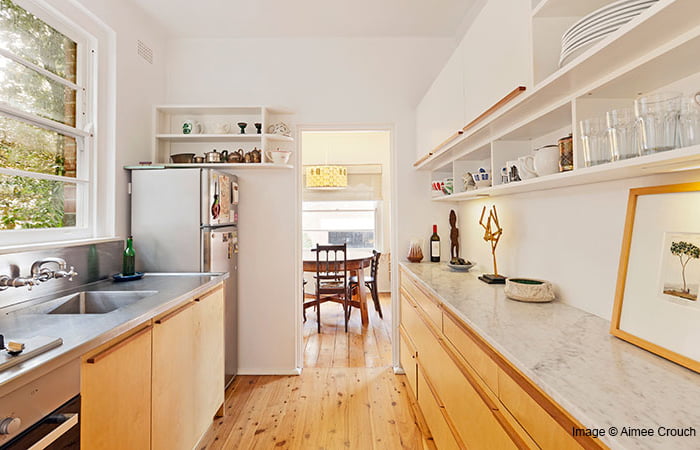
Some expert tips for sustainable kitchen renovations with small budgets.
Virginia Wong See – Architecture@Altitude
When designing a sustainable kitchen to a budget it is important to choose quality over quantity, keep things simple and try to use natural materials and non-toxic paints and oils.
Start your project with a written brief and work from that as a guide and checklist. It is impossible to keep all the ideas in your head.
To make the most of your space and achieve a functional kitchen, design straight bench runs, either as a galley or a galley with an island bench. This avoids creating ‘dead’ corners, making a much more practical kitchen arrangement. A galley kitchen is also easier to remove, relocate and reuse elsewhere – it gives the kitchen inherent value, like a piece of furniture.
Taking this approach it is often wise to purchase better quality items as you can take them with you when you move or sell them if you renovate. Ready-made furniture items can be used, or choose freestanding pieces from secondhand furniture shops. Secondhand stainless steel sinks can often be found at commercial secondhand kitchen retail outlets.
Prioritise your wish list and buy the best appliances your budget allows. A good rangehood will help keep the kitchen clean and is a must in an open plan space, particularly if you cook in open pans and woks etc. Search the internet for run-out appliances or end-of-season sale specials and always choose quality over quantity.
Melissa Wittig – Relish Designs & Healthy Interiors
Simple sustainable design elements can save you money in the short and long term. Consider the following:
– Reuse cabinet bodies (known as cabinet carcasses) that are in good condition. By replacing doors and bench tops you can achieve a new look without the waste and cost. If reusing carcass cabinets is not an option, go for Super E0 (super low formaldehyde emission) board.
– Reuse materials from other parts of the house. If you have great floorboards and plan to tile a new/renovated bathroom or kitchen, consider lifting the boards and using a particle board product under the tiles. You then have beautiful recycled timber that can be used as an inexpensive feature. Tiles removed from the house could be reused for a mosaic in the garden.
– Incorporate easy-to-use recycling bins. It’s simple advice but when things are easy they get used more often. Large purpose-branded kitchen recycling bins can be very expensive, so check out affordable ranges of multipurpose large bins/tubs, buy them before you design the kitchen and design the bin space around them.
– Incorporate an up-cycling drawer when designing storage spaces so that selected kitchen packaging products can be kept for cost-saving reuse, eg rubber bands, glass jars, large plastic containers and egg cartons.
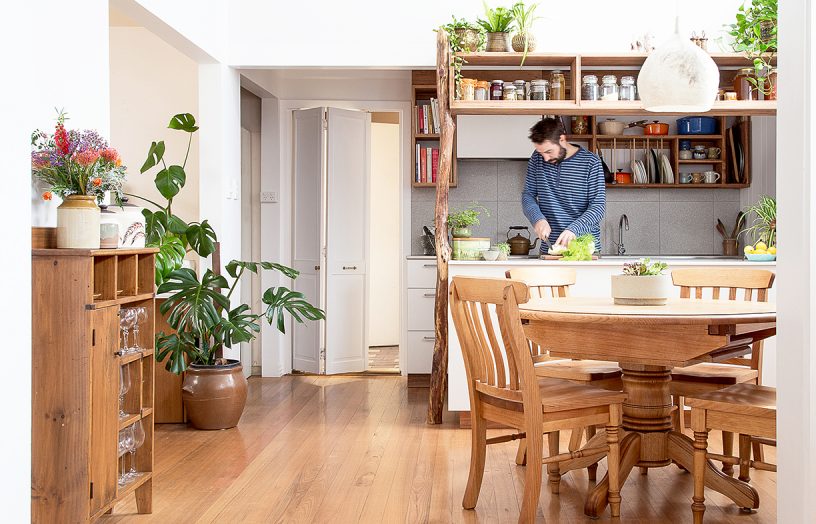 Energy & appliances
Energy & appliances
Beyond the brand: appliances guide
Are you in the market for a new cooktop, fridge or smaller household appliance? With so much rubbish around, it’s worth doing your homework to get value for money.
Read more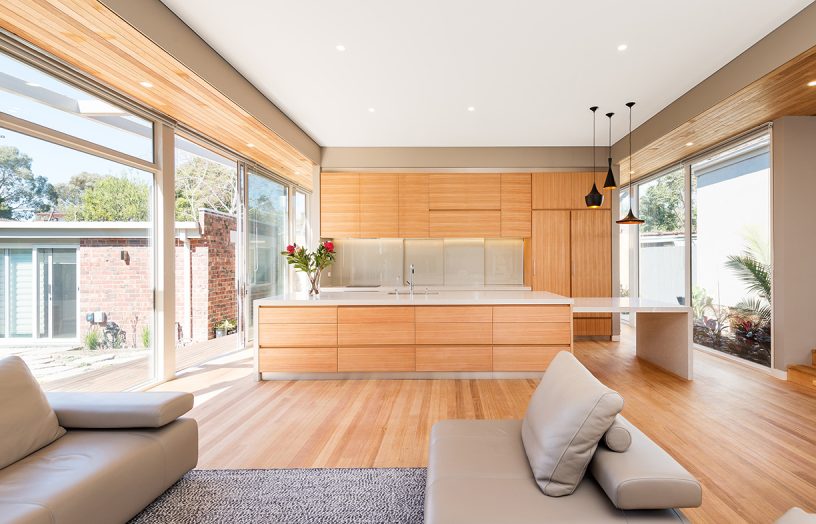 Interiors
Interiors
Style and sustainability
This kitchen is the centrepiece of a carefully considered renovation.
Read more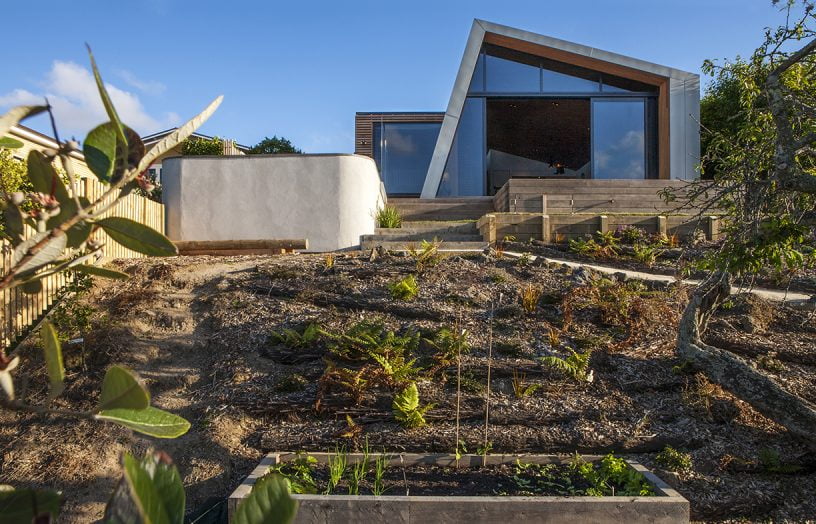 In focus
In focus
The makings of a sustainable renovation
We present you with our top eight design considerations along with real-world profiles that show just how good renovated homes can be.
Read more Building materials
Building materials
Fair dinkum wood: Locally sourced ecologically sustainable timber
CERES Fair Wood has established itself as an honest broker, linking people seeking environmentally and socially responsible timber with small local farm foresters and salvage sawmillers who can struggle to find a market for their resource. While still small in scale, could this social enterprise’s local ‘chain of custody’ approach become a new model for sustainably sourced timber?
Read more

